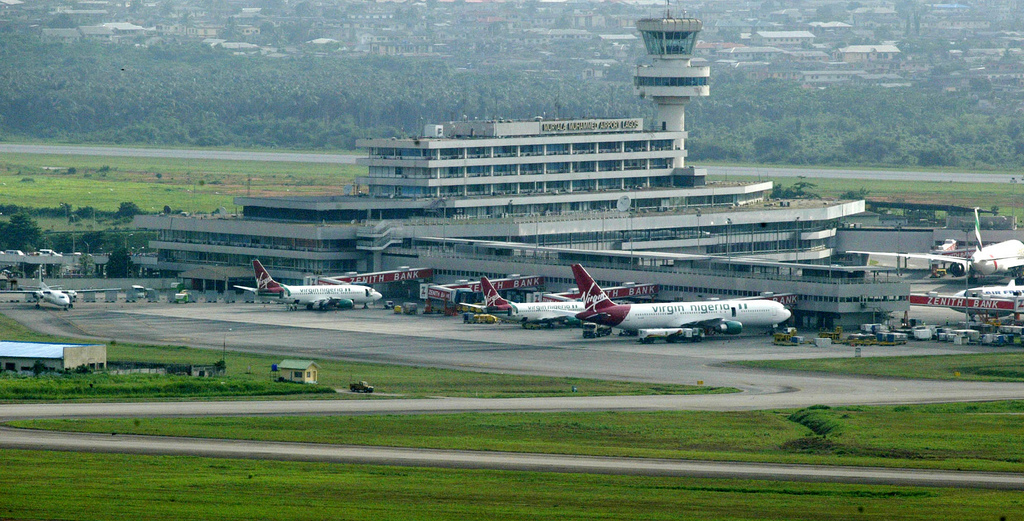
Electricity Generation Companies, GENCOs, have expressed concerns over inability of Federal Government to make provisions on how to fund the N1.7trillion shortfall in either the annual budget or in the 2015 Multi Year Tariff Order, MYTO.
The GENCOs, operating under the aegis of Association of Power Generation Companies, APGC, challenged the government to mention its funding initiative to bridge the shortfall.
Executive Director of APGC, Barrister Joy Ogaji, said in a statement issued yesterday in Abuja that generation companies have raised concerns about the tariff review, scheduled to be effective on April 1, 2020.
She said GENCOs’s concerns related to the fact that NERC has not captured all the ‘changes’ in the relevant macroeconomic variables and available generation capacity in updating the operating MYTO-2015 in line with the provisions of the MYTO Methodology.
Dr. Ogaji said: “The seeming gaps are shown through the four parameters considered in the minor review, namely inflation, interest rates, exchange rates and generation capacity as it affects or impacts our business.
“The generation companies have raised concerns regarding the tariff review, scheduled to be effective on the 1st of April, 2020.
“The seeming gaps are shown through the four parameters considered in the minor review namely: inflation, interest rates, exchange rates and generation capacity as it affects or impacts our business.
“Dealing with Market shortfall holistically: We are concerned about the financing of the shortfalls, given that there is no provision in the 2019 or 2020 budget. What is the PSRP financing initiative?
“What is not clear is who will take charge of the financing plan. Do these plans and facilities even exist? If so, what are the terms under which they were created, if not in existence, right now, who is working to create them and when would they be ready?
“DISCOs Remittance Water fall for year 2020 of the minor review indicates that GENCOs on average will receive 36% of their revenue requirement while DISCOs will receive 100% if they fulfil their obligations. Why this difference?
“What’s the justification behind GENCOs getting 36% of their revenue requirement, while the DISCOs receives a 100% if it just manages to make the minimum remittance which from our investigation Discos have not adhered to?
“Framework for monitoring and enforcement: The regulator needs to address the issue of previous failed reviews and how this review will be different in terms of effectiveness/implementation. The GENCOs will further appreciate if the regulator can critically look into the following:
“The issue of the requirement for DISCOs revolving letter of credit to NBET. Is any modality in place to ensure that the DISCOs provide the required three months revolving letter of credit? If not, this review is as good as the rest!
“There has to be an effective mechanism for the payment of revenue shortfalls outside the current best endeavour conjecture. Payment delayed is payment denied, and the cost of such delays should serve as an input to the tariff in the form of cost to the GENCOs (considering the time value of money).
“Are there back-to-back data from the DISCOs, including trend analysis, to support the ability to distribute such levels of energy? Relative to: Proof of DISCOs investments in capacity improvements tied to such levels of energy delivery improvements. Proof of DISCOs process enhancements tied to such energy delivery improvements.
“Are there back-to-back data from TCN, including trend analysis, to support the ability to transmit such levels of energy? relative to: “Proof of TCN investments in capacity improvements tied to such levels of energy delivery.
“Proof of TCN process enhancement tied to such levels of energy delivery improvements. The minimum remittance mantra, how was this assumption arrived at? Was it hinged on the fact that the DISCOs to perform? Or NERC presupposed that the DISCOs would under perform?
”If yes, how does NERC ascertain that they would under perform or are they currently underperforming?
“Without an audit into DISCOs finances, drilling down to every kobo from where it originated up to where it exits the DISCOs bank and follow that kobo to where it goes to? So, how does this meet any basic standard of fairness?
“The regulator should, in addition, as part of the process of this minor review, educate the GENCOs on the methodology for the determination of the minimum remittance for the DISCOs; that is, how the GENCOs revenue shortfall keys into the tariff shortfalls in real terms.
“For instance, PHEDC has a 21% minimum remittance level, how are the GENCOs made whole for a likely 79% shortfall through the tariff shortfall for the period. What happens in the unlikely event that DISCOs pay more than the minimum remittance level?
“Value Added Tax (VAT), a critical component which requires expedited solution is the need to for VAT on gas to be recognised by NERC and provided for in the market. It should be recalled that the approved gas costs for the successor thermal GENCOs was totalled USD3.30 (supply $2.5 & transport $0.80) (WEF Jan 1, 2016).
“This is against an actual gas costs $3.465/MScf month-on-month. GENCOs are however not allowed to add the 5% VAT to their energy & capacity invoices to NBET. This creates a HUGE gap every month; VAT input without corresponding VAT output.
“The currently approved 7.5% VAT will further increase the generation costs unless gas to power is absolutely EXEMPTED from VAT. Also to be looked into, is the annual price escalations, added to gas prices and transportation, without this being reflected in the tariff.
NERC calculated market shortfalls and GENCOs would want to know how the shortfalls were arrived at, and if the GENCOs’ shortfall was captured in the market shortfall? If yes, it is not clear what component of GENCOs’ shortfall was captured.
“If GENCOs shortfall was not captured, we would like to know a reason for such. Also critical to know, is the financing of the shortfalls, given that there is no provision in the 2019 or 2020 budget.
“Available capacity: It is clear from the figures in the review that the commission used delivered capacity to work out the minor review. It is imperative to recall that, every available capacity, whether dispatched or not, cost the GENCOs a lot of money to maintain.
“There are massive fixed charges incurred to keep units available. The question then the GENCOs will appreciate NERC to ponder on are: How would power growth in Nigeria be encouraged if GENCOs are not incentivised to make capacity available for dispatch to the NESI?”

